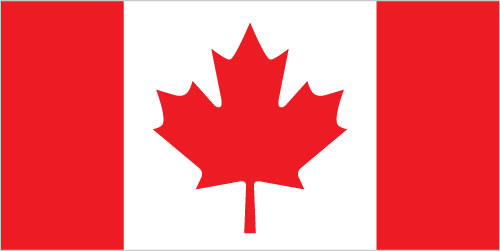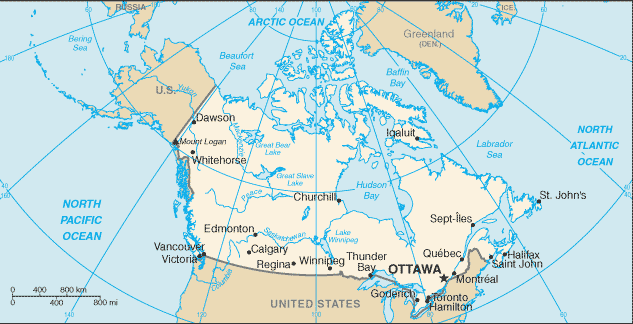Importing from Canada


Canada Country Profile
Official Name (Local Language) Canada
Capital Ottawa
Population 35,362,905
Currency Canadian Dollar
GDP $1,532 billion
Languages English, French
Telephone Dial In 1
Canada Exports Profile
Exports ($m USD) 420,632
Number of Export Products 4,378
Number of Export Partners 222

Canada Economic Statistics
Government Website | https://www.canada.ca/ |
| Sovereign Ratings | https://countryeconomy.com/ratings/canada |
| Central Bank | Bank of Canada |
| Currency USD Exchange Rate | 1.331 |
| Unemployment Rate | 7.1% |
| Population below poverty line | 9.4% |
| Inflation Rate | 1.6% |
| Prime Lending Rate | 1% |
| GDP | $1,532 billion |
| GDP Pro Capita (PPP) | $46,200 |
| Currency Name | Canadian Dollar |
| Currency Code | CAD |
| World Bank Classification | High Income |
| Competitive Industrial Performance | 15/138 |
| Corruption Perceptions Index | 8/180 |
| Ease of Doing Business | 22/190 |
| Enabling Trade Index | 24/136 |
Access trade, receivables and supply chain finance
We assist companies to access trade and receivables finance through our relationships with 270+ banks, funds and alternative finance houses.
Get StartedImporting from Canada
As a net exporter of oil the economy has taken a bit of a hit from the recent downturn in oil prices, however the Bank of Canada is still predicting a period of steady economic growth. Canada ranks among the top global producers of many minerals including potash, uranium, diamonds and nickel and is planning to exploit $1 trillion in natural gas over the next 30 years.
Top Canadian exports are crude petroleum ($80.5 billion), cars ($45.9 billion), refined petroleum ($18.6 billion) and petroleum gas ($12.6 billion). Top export destinations are the United States ($320 billion), China ($20 billion), Japan ($11 billion) and the UK ($9 billion).
Importing from Canada: What is trade finance?
Stock finance is a revolving facility which some banks and specialist lenders offer – it enables firms to purchase stock supplies and can help ease working capital problems.
Generally, a trade financier will fund all of the cost of the products, including charges (e.g. fees).
Trade finance offers upsides over more traditional bank finance such as bridging mortgages or loans. Trade finance provides up front funding without affecting existing bank relationships.
How does it work?
If you’re a business importing or exporting goods around the world, then a trade finance facility would allow you to fund this through offering a letter of credit or some form of cash advance.
I’m looking to import from Canada, how can Trade Finance Global help, and how does it work?
If you are looking to import inventory from other international markets, you may require import finance, which is an agreement between yourself (the importer) and the foreign exporter. A alternative finance bank will act as the intermediary, paying the foreign exporter on your behalf until you receive the stock supplies and have then sold them to your customer. Repaying the lender then occurs over an agreed period of time.
Chart Showing GDP Growth Compared to rest of world
GDP Composition for Canada
Agriculture
1.6%
Wheat, barley, oilseed, tobacco, fruits, vegetables; dairy products; fish; forest products
Industry
27.7%
Transportation equipment, chemicals, processed and unprocessed minerals, food products, wood and paper products, fish products, petroleum, natural gas
Services
70.7%
Map
Top 5 Exports Partners
| Country | Trade | % Partner Share |
| United States | 319,067 | 75.85 |
| China | 18,187 | 4.32 |
| United Kingdom | 13,636 | 3.24 |
| Japan | 9,118 | 2.17 |
| Mexico | 6,052 | 1.44 |
Top 5 Exports Products
| Export Product | Number |
| Petroleum oils and oils obtained from bituminou | 12.8% |
| Automobiles with reciprocating piston engine di | 11.1% |
| Automobiles with reciprocating piston engine di | 3.1% |
| Gold in unwrought forms non-monetary | 2.7% |
| Petroleum oils, etc, (excl. crude); preparation | 2.5% |
Speak to our trade finance team
Local Partners
- All Topics
- Canada Trade Resources
- Export Finance & ECA Topics
- Local Conferences



















